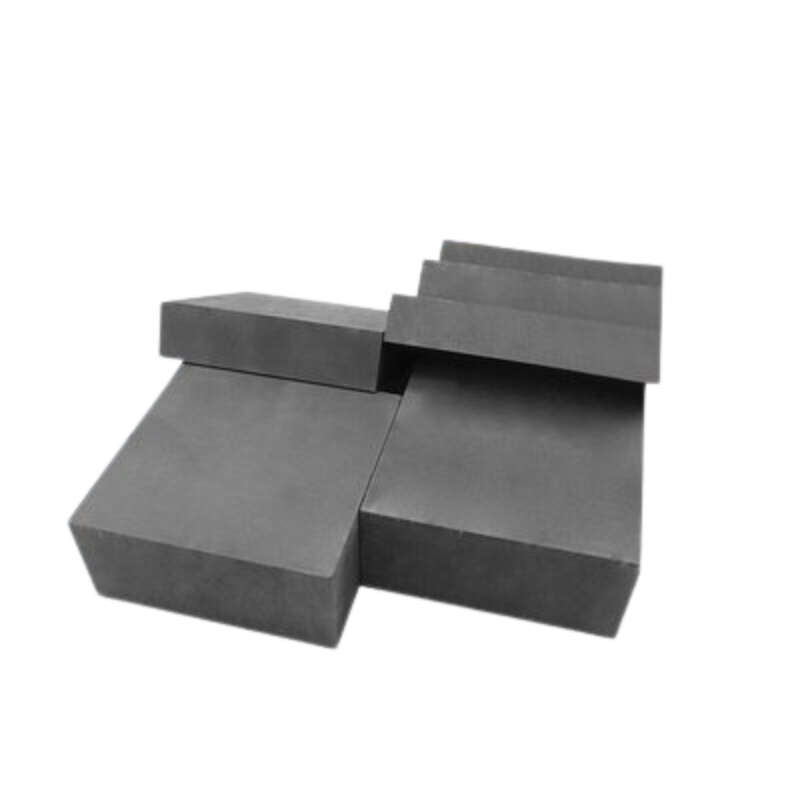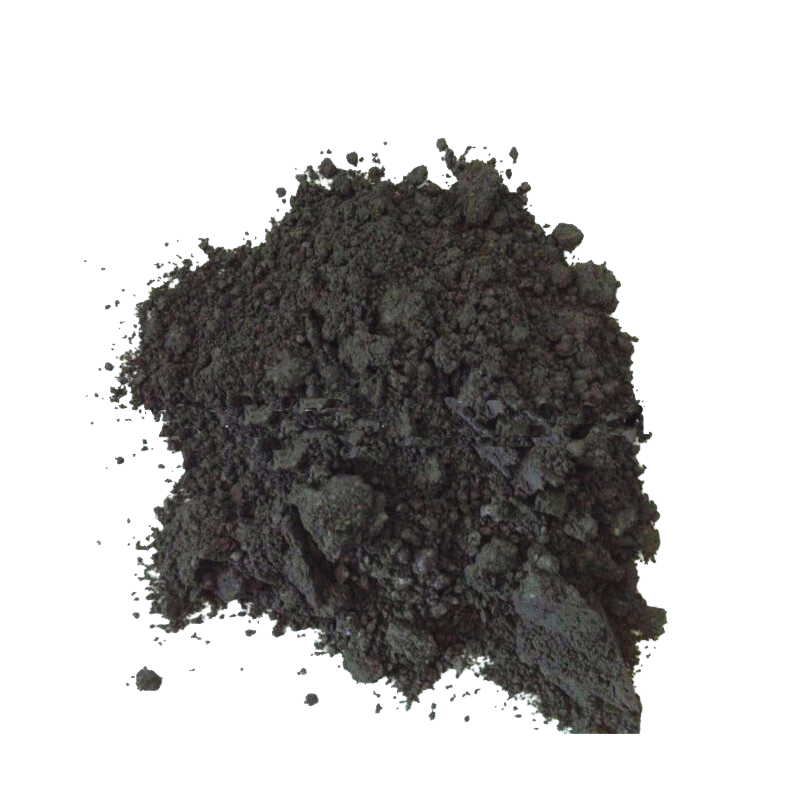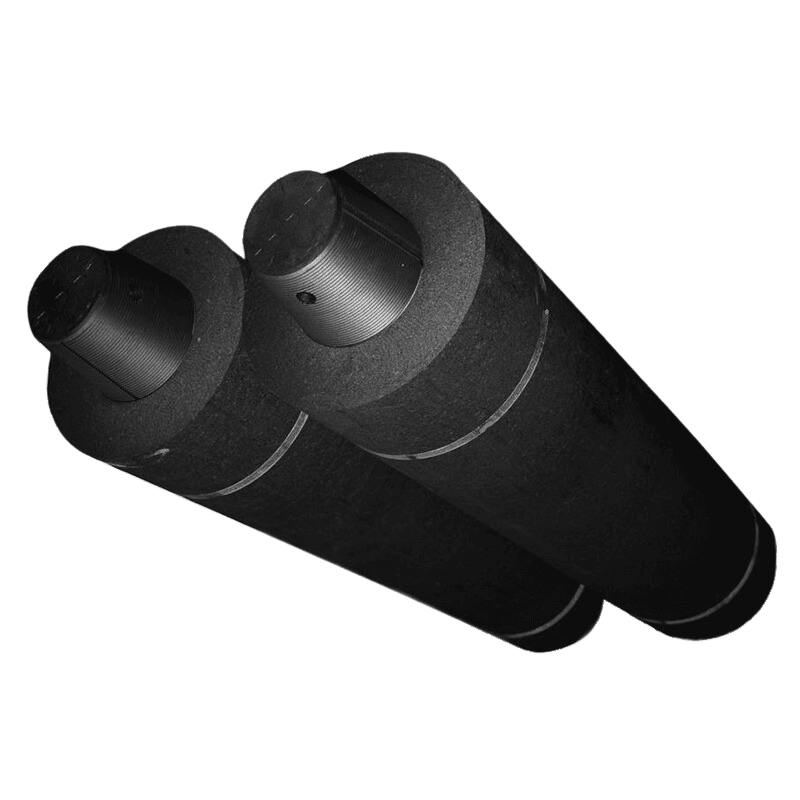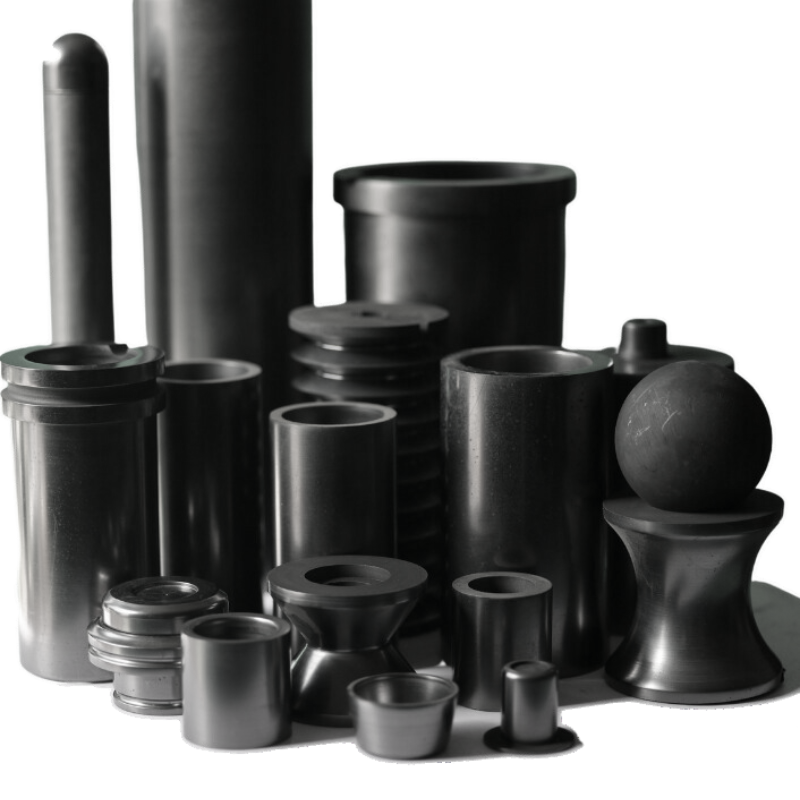The oxidation or surface contamination of graphite electrodes can result from various factors involving material characteristics, environmental conditions, and processing procedures. Here are the primary reasons that may lead to the oxidation or surface contamination of graphite electrodes:
1.Oxidation Reactions:
Exposure to Oxygen: Graphite, when exposed to air, undergoes oxidation reactions with oxygen, forming graphite oxide. This oxidation may increase the oxygen content on the electrode’s surface, impacting its conductivity.
2.Chemical Reactions:
Chemical Contaminants: Contact with certain chemicals, such as acids, bases, salts, etc., can induce chemical reactions on the surface, forming new compounds or causing oxidation. These reactions may alter the chemical properties of the electrode surface.
3.Moisture and Humidity:
Moisture Sensitivity: Graphite is sensitive to moisture and humidity, especially in high-temperature and high-humidity environments. Moisture can trigger hydrolysis reactions, leading to oxidation or surface contamination.
4.Temperature and Humidity:
Extreme Conditions: High temperatures and humidity conditions make graphite electrodes more prone to oxidation reactions. Additionally, extreme conditions may result in surface contamination or corrosion.
5.Mechanical Damage:
Mechanical Wear: Mechanical damage during usage or preparation processes can compromise the surface integrity, making it more susceptible to oxidation or contamination.
6.Processing and Preparation Procedures:
Improper Handling: Incorrect processing and preparation procedures, such as high-temperature treatments, chemical treatments, or cleaning steps, may contribute to oxidation or contamination of the graphite electrode surface.
To mitigate the risk of oxidation or surface contamination of graphite electrodes, several measures can be taken, including:
- Keep Dry: Avoid prolonged exposure of graphite electrodes to humid environments.
- Protective Coatings: Use specialized protective coatings to reduce the likelihood of oxidation or chemical reactions.
- Proper Handling: Strictly follow processing and usage guidelines to ensure that graphite electrodes are not subject to unnecessary damage or environmental influences.
In summary, understanding the characteristics of graphite electrodes and adhering to correct handling and storage practices are crucial in preventing oxidation or surface contamination.





